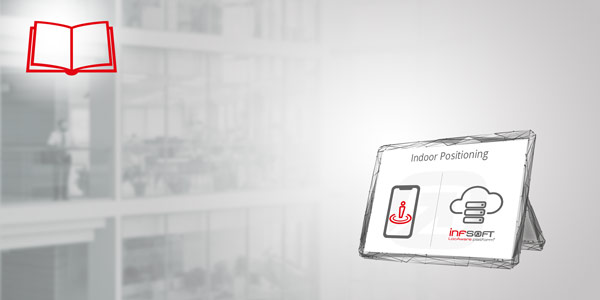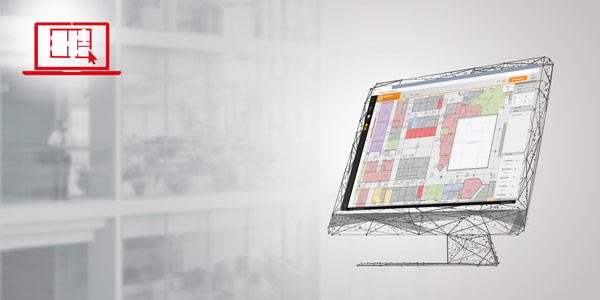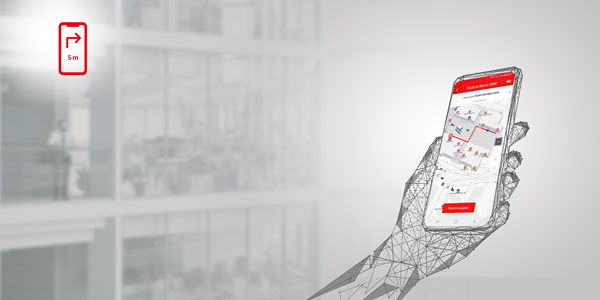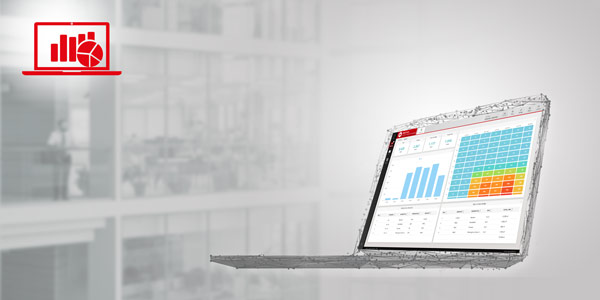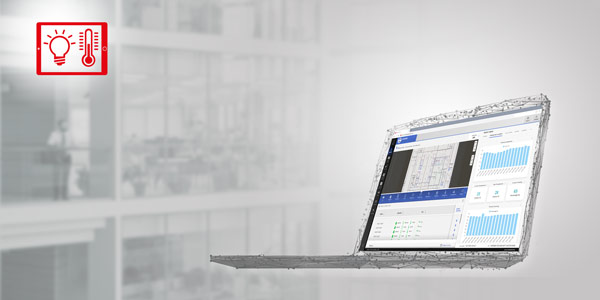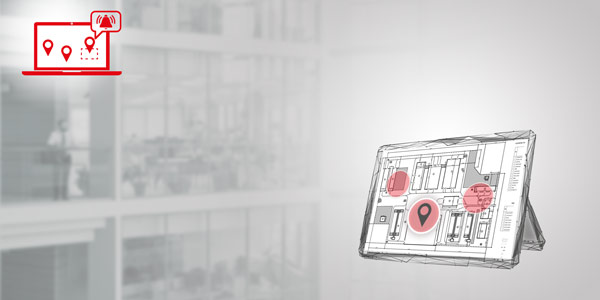Applications for Indoor Positioning
Learn how client-based and server-based indoor localization work and determine what options exist for implementing an Indoor Positioning System (IPS). We illustrate how the individual solutions work and in which areas they can be applied.

